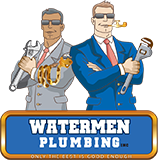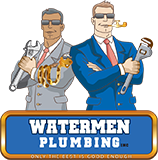As a landlord, the responsibility of ensuring the property is in a good state of repair is solely yours. That said, from the moment your tenant signs the lease, the responsibility of maintaining the property becomes shared.
The requirements on who is responsible for rental maintenance should be clearly laid out in the lease or rental agreement warns RE/MAX Infinity PM. Generally, landlords are responsible for things like:
- Providing the tenant with living conditions that are safe and habitable.
- Providing the tenant with adequate notice prior to entering the unit. For most states, this notice period is usually 24 or 48 hours.
- Addressing maintenance issues in a prompt manner.
- Providing personal contact information to the tenant.
- Providing the tenant with adequate notice prior to raising the price of rent.
- Following the state’s eviction laws when evicting a tenant for a lease violation.
- Returning the tenant’s security deposit when it’s due.
Tenants, on the other hand, have the following responsibilities under most lease agreements.
- Pay rent without delays.
- Keep the rental premises in a clean state at all times.
- Repair any damage that they have caused to the property by themselves.
- Provide the landlord with adequate notice when planning to move out at the end of the lease.
- Provide the landlord with access to the premises.
With that in mind, so who then is responsible for what when it comes to plumbing maintenance and repair in your rental property? Well, if this is the question you came here looking for an answer for, you’ve reached the right place.
Before the Tenancy Begins
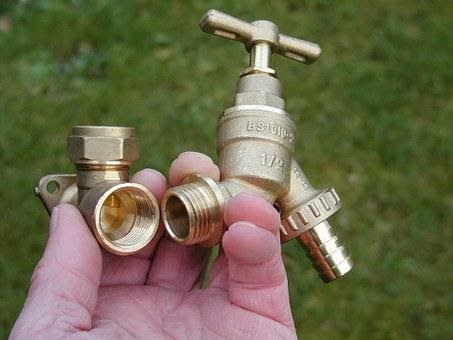
Before a tenant signs the lease, the landlord is responsible for any existing plumbing issues. As per the Warranty of Habitability Law, you must fix any safety, health, or structural issues that may exist before the tenant moving in.
If you don’t, you risk getting yourself in legal hot soup. So, before the tenant moves in:
- Make sure the radiators are functioning properly.
- Remove any obstructions from drains and gutters.
- Check for corrosion on metal pipes.
- Replace the seals on bathtubs or showers if necessary and check for signs of damp.
- Check for any drips or leaks on taps.
Once a Tenant Moves In
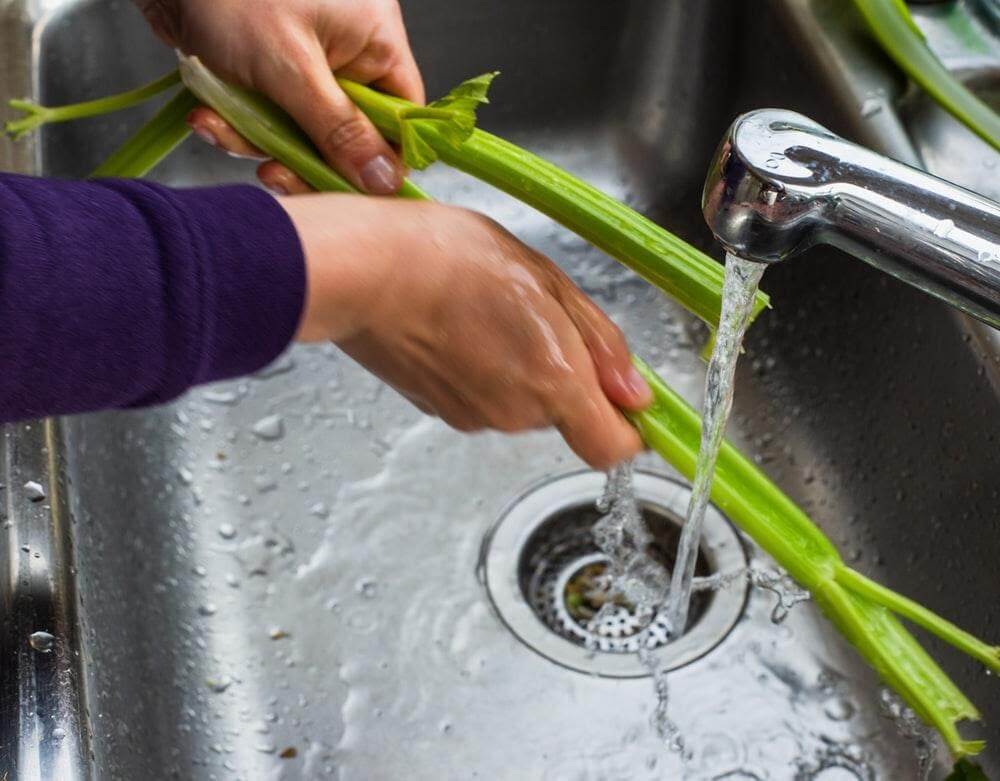
When a tenant moves in, it’s your responsibility to provide them with all the necessary information they can use in case of an emergency. For instance, the plumber’s emergency number as well as for instructions on what to do in case of an issue.
You could even consider including a plumbing clause in your lease agreement. The following are some instructions you could include.
- Monitor what you flush down the toilet. Don’t flush diapers, feminine hygiene products, or objects such as non-paper products or cotton swabs that are non-degradable.
- Remove hair from the shower and sink drains on a regular basis.
- Clean the laundry lint filters regularly. This should include the filters in the dryer and the washer.
- Avoid putting starchy foods, stringy vegetables, grease, or hard objects such as bones in the garbage disposal.
You should also explain the potential damage to the plumbing system should they fail to adhere to these stipulations. You could communicate this verbally or just include it in a tenant information pack.
Responsibility for Repairs
The responsibility for plumbing repairs after a tenant has moved in depends on the reason for the damage. If the damage has occurred as a result of the tenant’s carelessness or negligence, then the responsibility for repair falls squarely on them and not the landlord.
However, if the damage results from normal wear and tear, then the landlord becomes responsible for the repairs.
Handling Tenant Maintenance Requests
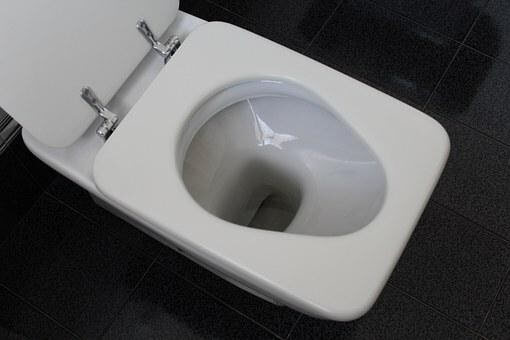
Plumbing repairs fall under two categories: emergency and non-emergency ones. Examples of urgent repairs include:
- Flooding
- Ceiling leaks
- Burst water mains
- Blocked toilets
- Broken water heater
If any of these occur, acting fast is critical. This is because any of these may pose immediate safety or health risks to your tenants. Many states allow 3-7 days, while others allow a landlord up to 30 days to fix a serious issue.
Generally, you need to notify your tenant of your intentions to access their property. However, with emergency issues, the notification rule isn’t necessary.
For non-emergencies like a leaking faucet, the responsibility will depend on the lease agreement as well as the reason for the fault.
Tip to Minimize Plumbing Issues
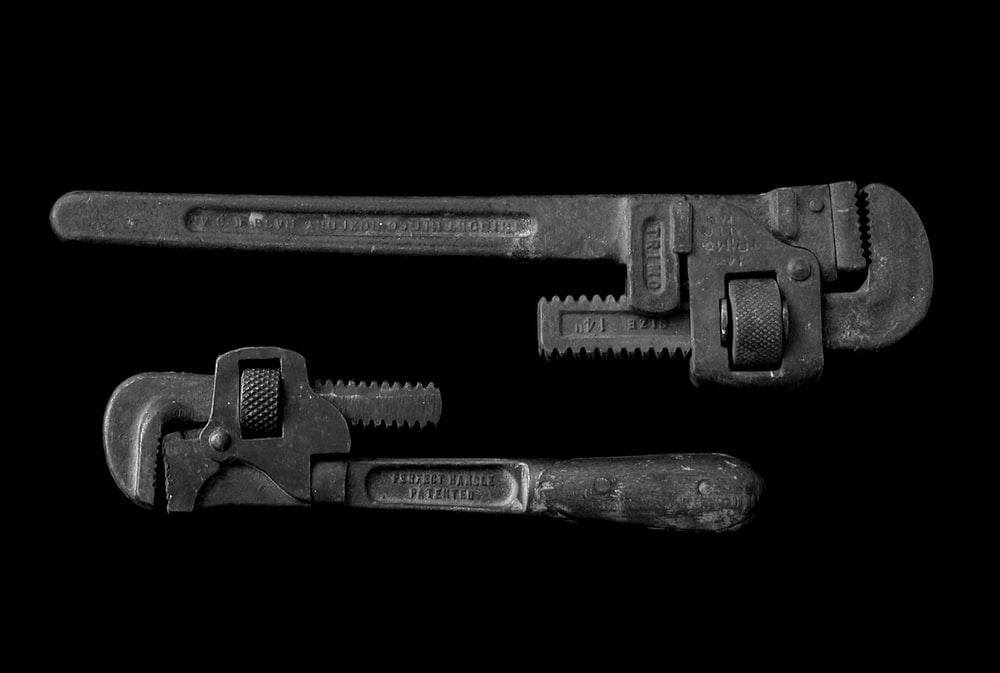
- Specify plumbing maintenance responsibilities in your lease agreement
- Consider buying a home warranty. This can cost you anywhere from $50 to $150 a month.
- Upgrade your vent pipes if you start experiencing frequent blockages.
- Treat the pipes monthly with a grease dissolving liquid.
- Always call a professional when things seem to be out of your scope of DIY skills.
There you have it. everything you need to know about who is responsible for plumbing maintenance and repair in your rental property.
